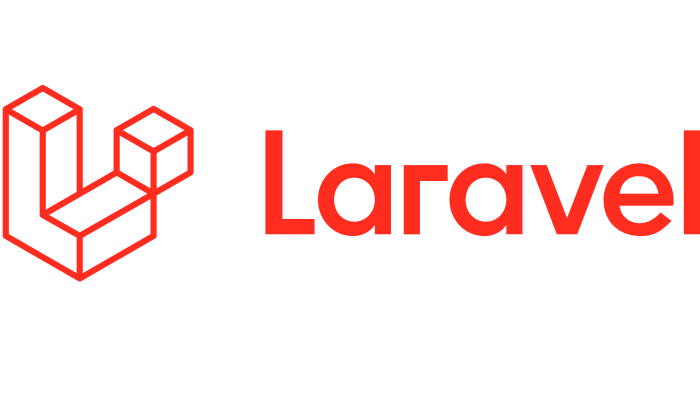As Laravel continues to dominate the PHP framework landscape, it's essential to explore one of its fundamental features: email verification. Email verification plays a pivotal role in enhancing user security, reducing spam, and ensuring data accuracy. In this comprehensive guide, we will delve into how to implement email verification in Laravel effectively.
As an expert in Laravel development, I will provide insights, best practices, and advanced techniques to help you harness the full potential of email verification in your Laravel applications.
Why Email Verification in Laravel Matters
Before we dive into the technical aspects, let's understand the significance of email verification in Laravel:
User Authentication: Email verification is a vital step in user authentication. It ensures that users provide a valid email address during registration.
Enhanced Security: Verified email addresses add an extra layer of security to your application by confirming the authenticity of users.
Reduced Spam: Email verification helps mitigate spam registrations, ensuring that your application remains clean and trustworthy.
Data Accuracy: Verified emails contribute to accurate user data, which is essential for targeted communication.
Now, let's explore how to implement email verification effectively in Laravel.
Built-in Email Verification in Laravel
Laravel offers a built-in email verification system that simplifies the implementation process. Here's an overview of the steps involved:
Setting Up Email Verification:
- Enable email verification in Laravel by adding the
MustVerifyEmailinterface to yourUsermodel. - Define the
email_verified_atcolumn in your database migration to store verification timestamps.
Generating Verification Links:
- Laravel provides the
verificationnotification, allowing you to send verification links to users via email. - Use the
verificationUrlmethod to generate unique verification links for each user.
Verifying Emails:
- When users click the verification link, Laravel automatically verifies their email addresses by updating the
email_verified_atcolumn in the database.
Customization:
- Laravel allows customization of email templates and notifications to match your application's branding.
While Laravel's built-in email verification is robust, you might encounter scenarios where customizations or additional features are required.
Custom Email Verification in Laravel
For more advanced use cases, such as customizing email content or handling verification through API endpoints, you can implement custom email verification in Laravel. Here are the essential steps:
Create a Custom Verification Controller:
- Generate a custom verification controller using Laravel's Artisan command-line tool.
- Define routes and methods to handle verification requests.
Customize Email Templates:
- Customize email templates to match your application's design and branding.
- Laravel's Blade templating engine makes it easy to create visually appealing emails.
Generate Verification Links:
- Use Laravel's
verificationUrlmethod to generate verification links. - Customize the URL structure and parameters to suit your needs.
Handle Verification Logic:
- Implement the logic for verifying emails based on your application's requirements.
- You have full control over the verification process, making it suitable for complex scenarios.
Testing:
- Thoroughly test your custom email verification process to ensure it functions as expected.
Advanced Email Verification Techniques
For those seeking to implement advanced email verification techniques in Laravel, consider the following tips:
Rate Limiting: Implement rate limiting to prevent abuse of the verification endpoint.
Expiration Time: Set an expiration time for verification links to enhance security.
Logging and Monitoring: Implement logging and monitoring to track verification activities and detect suspicious behavior.
Integration with Third-Party Services: Consider integrating third-party email verification services for real-time email validation.
Common Questions About Email Verification in Laravel
1. Can I use Laravel's built-in email verification and later switch to a custom implementation?
- Yes, you can start with Laravel's built-in email verification and later transition to a custom implementation if needed.
2. Are there packages available for enhancing email verification in Laravel?
- Yes, Laravel's ecosystem offers packages like Laravel Passport and Laravel Sanctum for advanced authentication and API-driven verification.
3. How can I customize the verification link expiration time?
- You can customize the expiration time by modifying the
expiresoption in theverificationUrlmethod.
4. Is email verification required for every Laravel application?
- Email verification is recommended for applications that require user authentication and data accuracy. However, its necessity depends on your specific use case.
In conclusion, email verification in Laravel is a fundamental feature that ensures user security and data integrity. Whether you opt for Laravel's built-in verification or a custom implementation, understanding the principles and best practices covered in this comprehensive guide will empower you to make the most of email verification in your Laravel applications.



